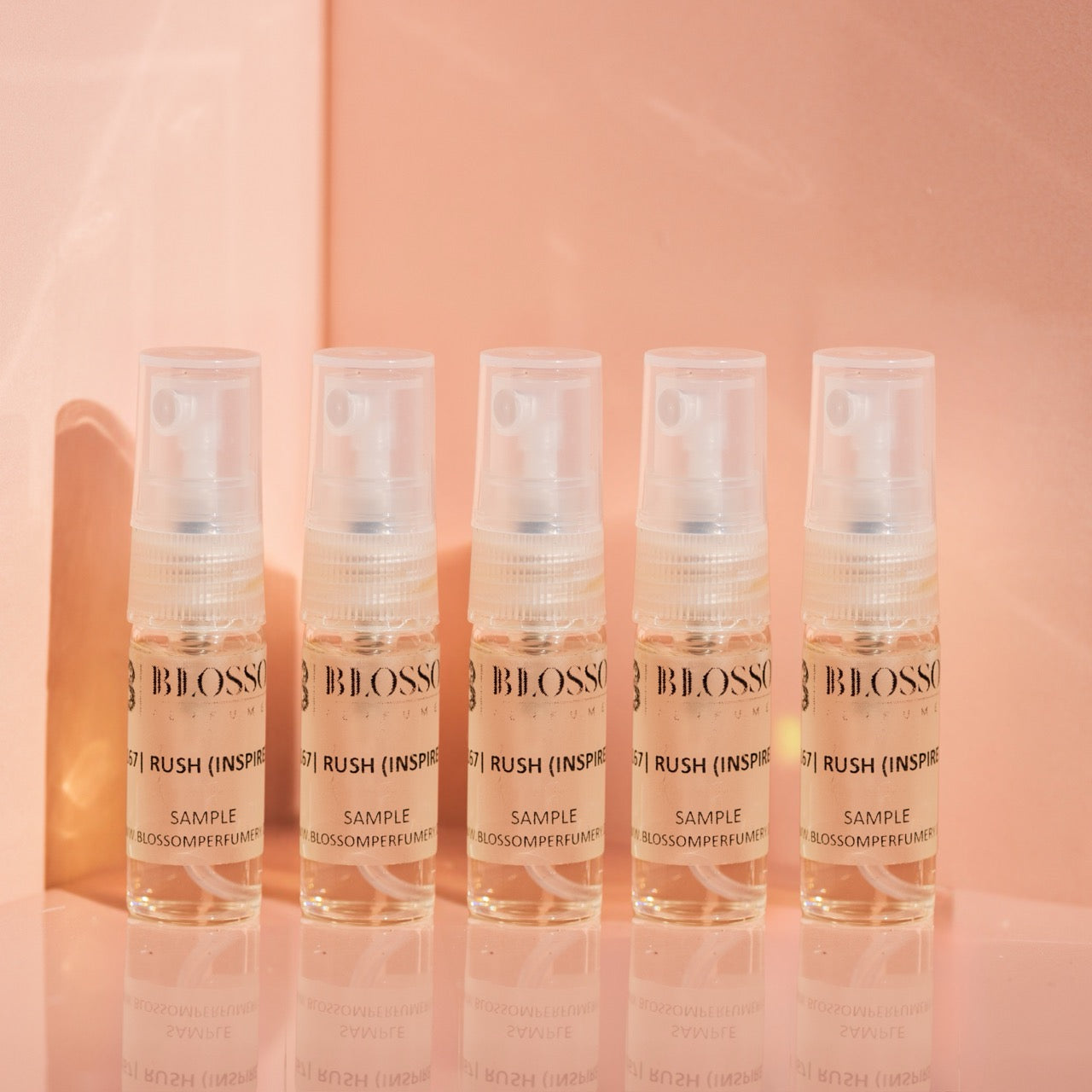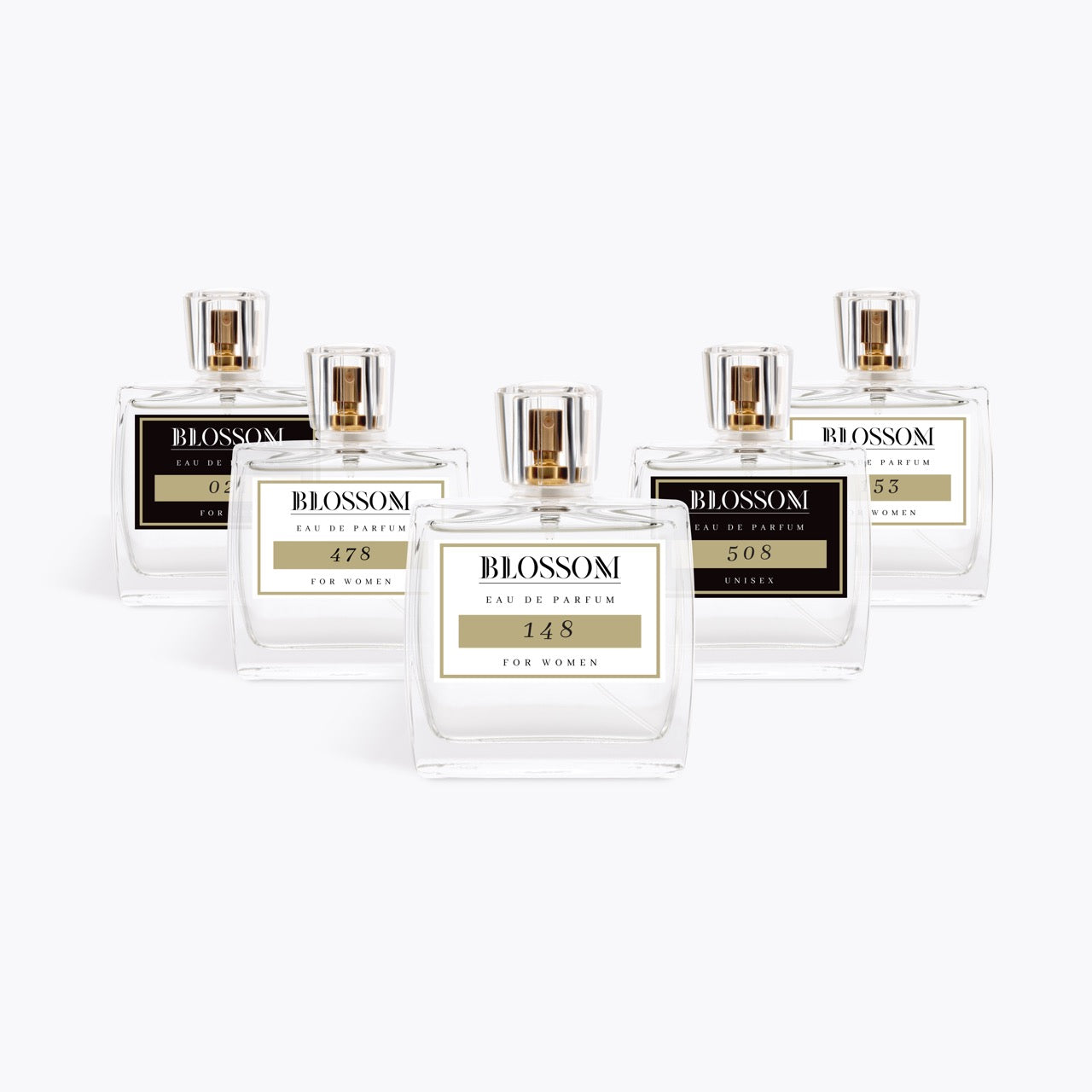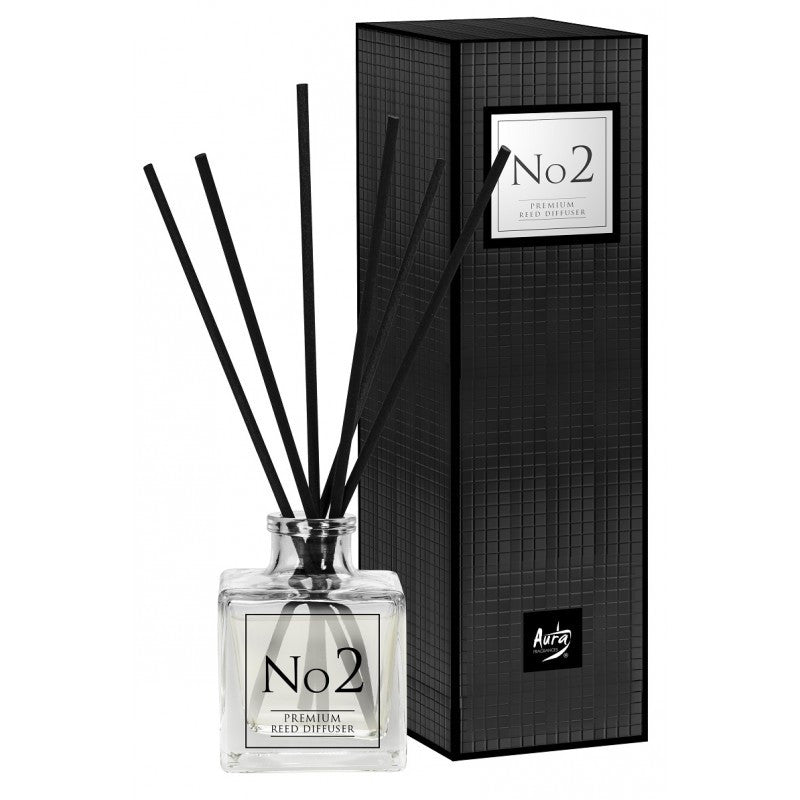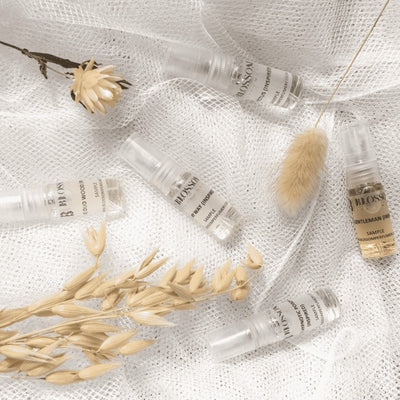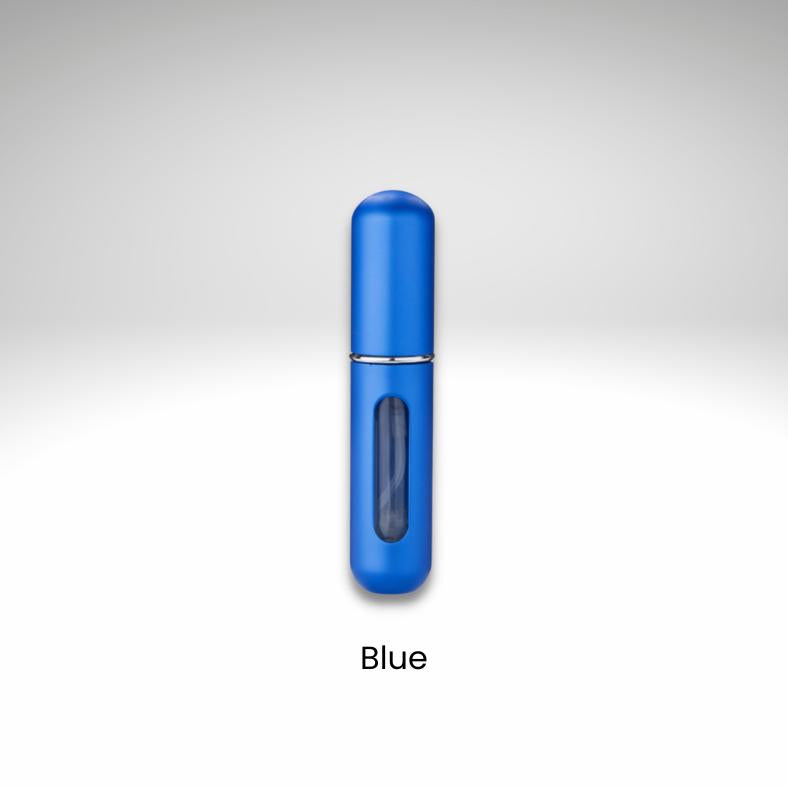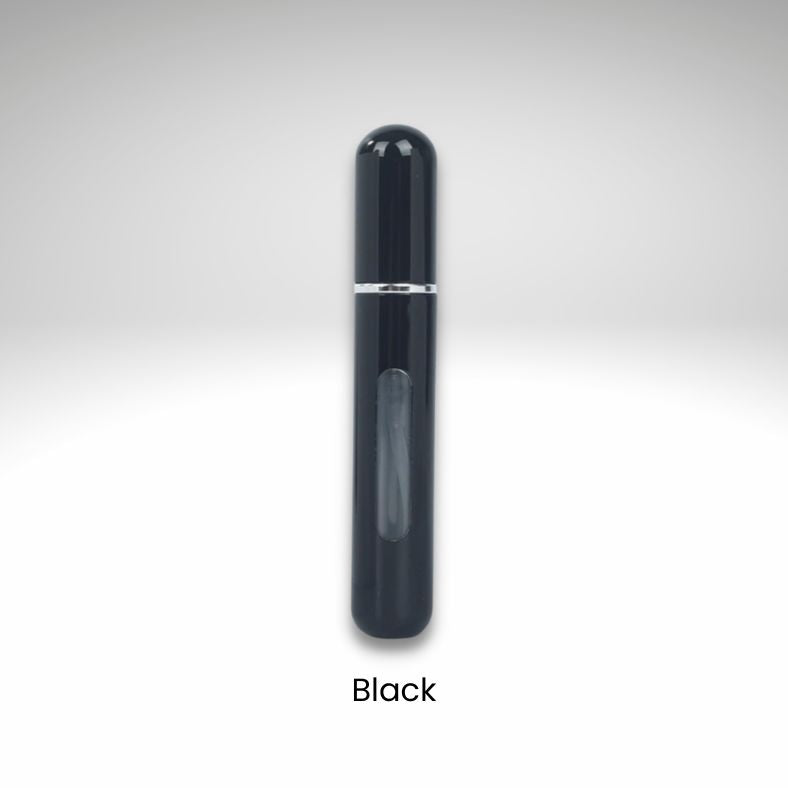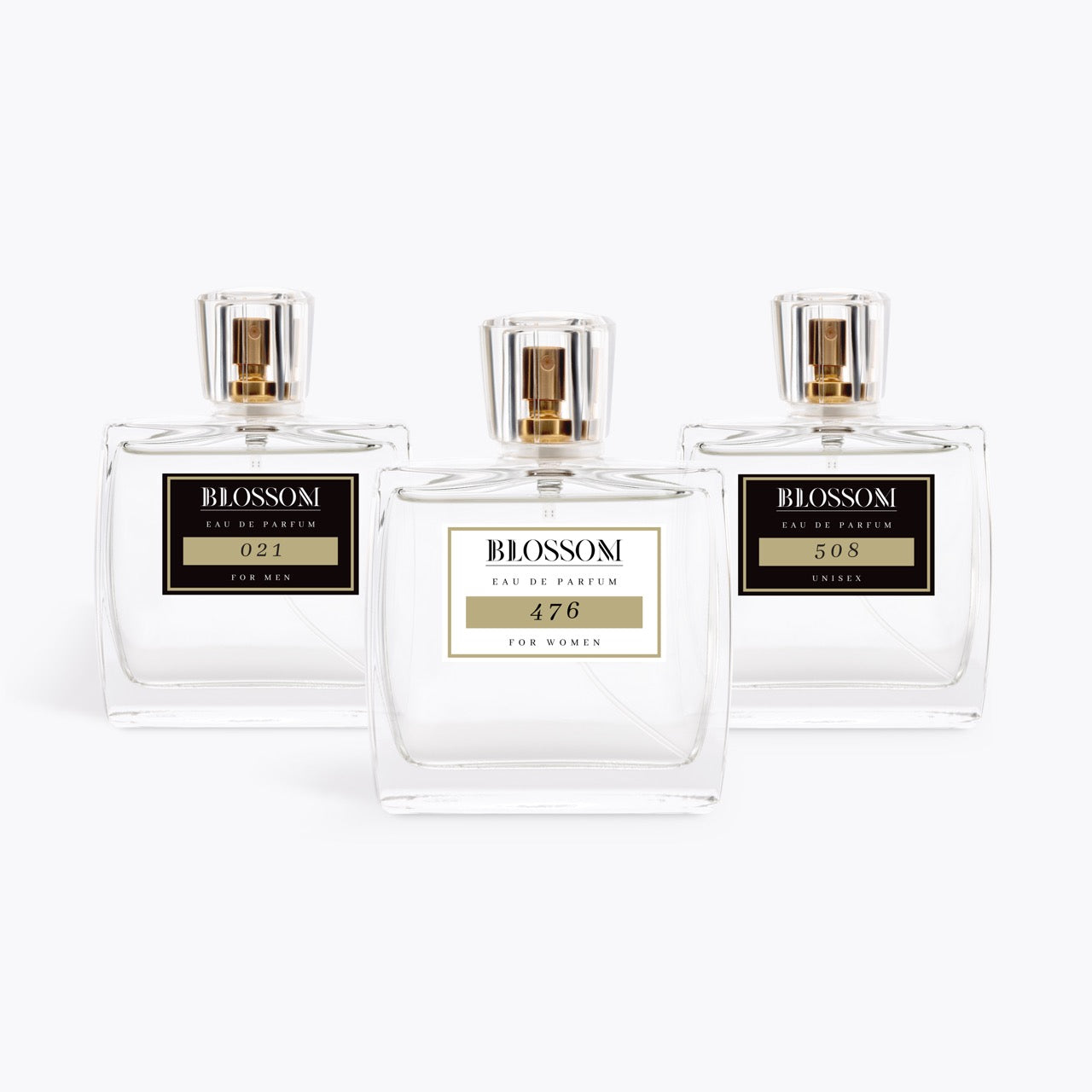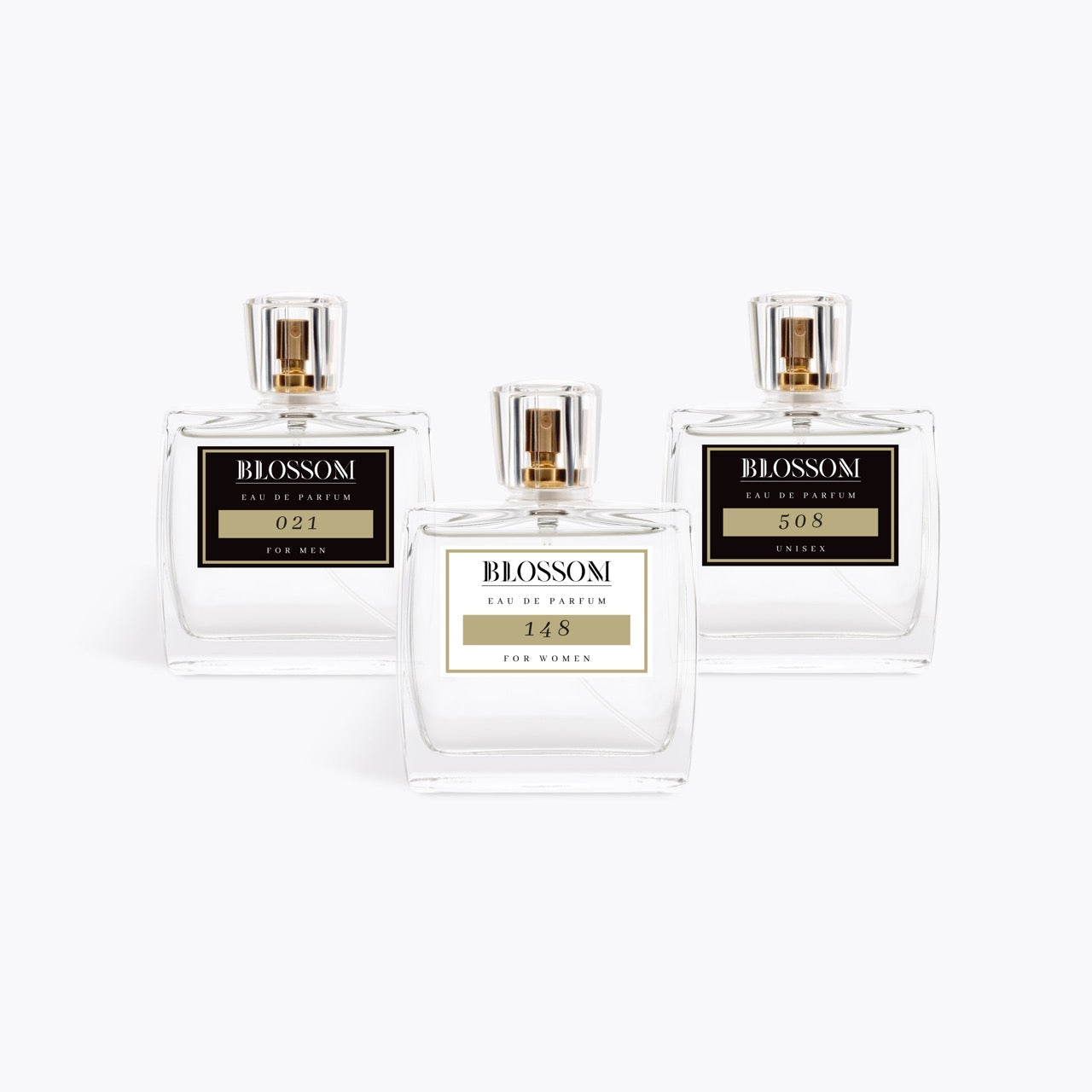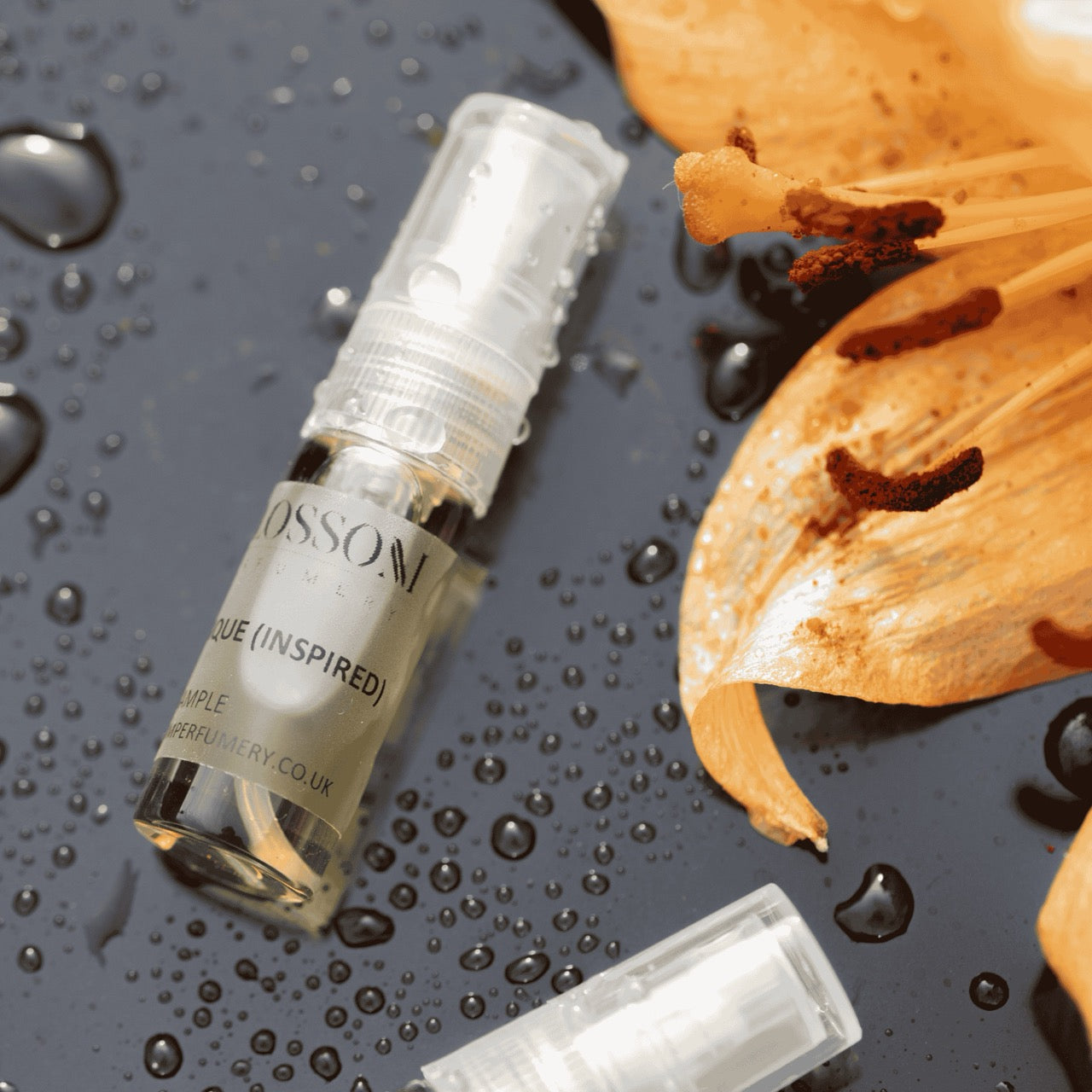A perfume is often our most intimate accessory, a liquid whisper of memory, mood, and identity. While its scent captivates, the actual composition holds its own story of nature, science, and art. Join us as we uncover the key ingredients that blend together to create the fragrances you know and love, offering a deeper appreciation for the bottle on your dresser.
That Alluring Mist: What’s Inside?
At its heart, perfume is a harmonious blend of fragrant oils, aroma compounds, fixatives, and solvents. Think of it like a perfectly composed piece of music, where each note plays a vital role. You know how some fragrances just sing on the skin, while others might feel a little flat? Often, it comes down to the quality and interplay of these core components. It’s a world where science meets soul, truly.
What Carries the Scent?
The largest component by volume in most perfumes is usually the solvent. Its job is to dilute the concentrated fragrance oils, making them safe to apply and helping to project the scent.
For decades, the star solvent has been a high-grade ethyl alcohol. Why alcohol? It's brilliant for a few reasons:
-
It's volatile, meaning it evaporates quickly. As it vanishes from your skin, it carries the fragrance molecules into the air, creating that beautiful sillage we all appreciate.
-
It's relatively inert, so it doesn’t drastically alter the scent of the precious oils themselves.
-
It helps to preserve the fragrance blend.
Sometimes, you’ll see perfume oils that use a carrier oil (like jojoba or fractionated coconut oil) instead of alcohol. These tend to sit closer to the skin, offering a more intimate scent experience. They can be wonderful, especially for those with sensitive skin, but they offer a different kind of performance. Water is also often present, helping to adjust the concentration and the feel on the skin.
Nature's Essence or Lab's Genius?
This is where the true character of a perfume is born: the fragrance materials themselves. These are the stars of the show, the elements that create the olfactory story, defining everything from delicate women's perfumes to robust masculine scents. They broadly fall into two categories, and many modern perfumes – even the most exclusive ones – use a thoughtful combination of both.
Natural Ingredients
Natural ingredients are derived from botanical sources such as flowers, leaves, woods, resins, fruits and sometimes, historically, animal sources (though ethical synthetics have largely replaced these, thankfully).
Essential Oils
These are typically extracted through steam distillation or expression. Think of the bright burst of lemon from its peel, or the deep calm of lavender. Distillation is a bit like making a fine spirit; it requires precision and understanding of the plant material. Consider rose oil, a prized ingredient often found in beloved rose-scented perfumes; it can take around 4 tons of rose blossoms – that's roughly 1.6 million individual flowers – to produce just 1 kg of rose oil. This intensive process is one reason why designer perfumes can be so expensive.
Absolutes
For more delicate botanicals that can't withstand the heat of distillation (like jasmine or tuberose), solvent extraction is used. The plant material is washed with a solvent, which draws out the aromatic compounds. This yields a waxy substance called a concrete, which is then further washed with alcohol to create the highly concentrated absolute. Absolutes are often incredibly rich and true to the plant's scent. They capture its very soul.
Then there are resins like frankincense and myrrh, often obtained by "wounding" a tree and collecting the dried sap, and tinctures, where materials are soaked in alcohol. Each method coaxes out a different facet of nature's aromatic palette. The romance of naturals is undeniable, but they can be variable, like fine wine, changing slightly from harvest to harvest.
The Role of Synthetics
Synthetic aromachemicals sometimes get a bad reputation, but they are indispensable tools in the modern perfumer's organ. While the romance of naturals is undeniable, the perfumer's palette expanded dramatically with synthetics. Today, it's estimated that synthetics can make up a significant portion, sometimes as much as 70% of a fragrance's formula. This shift isn't just about cost; it's about consistency, sustainability (protecting over-harvested plants like sandalwood or replacing animal-derived musks), and accessing scents impossible to capture naturally. The perfumer has around 3,400 to 4,000 raw materials to choose from, with only about 400 to 500 of those being natural.
These molecules can be:
-
Nature-identical: Recreations of molecules found in nature. A classic example is vanillin. Its synthetic production, successfully achieved by Haarmann and Tiemann in 1874, made the comforting aroma found in many vanilla-scented perfumes accessible beyond the expensive natural vanilla bean, revolutionizing both perfumery and food flavoring.
-
Entirely novel: Scents that don't exist in nature, opening up entirely new creative avenues. Think of some of those iconic "ozonic" or "aquatic" notes – often the work of clever chemistry.
Synthetics can add sparkle, fix a fleeting natural note, or create an abstract concept.
Why Does It Linger So Beautifully?
Ever wonder how a fragrance manages to stay with you, evolving gently through the day? That’s largely thanks to fixatives. These are ingredients that slow down the evaporation rate of the more volatile fragrance oils, anchoring the scent to your skin.
Historically, animal-derived substances like musk, civet, castoreum, and the fascinating ambergris were prized fixatives, contributing to the depth found in some amber-scented perfumes. Ambergris, a waxy substance produced in the digestive system of sperm whales, could float on the ocean for years, aging and developing its unique scent before washing ashore. Ancient Egyptians burned it as incense, and its first evidence in fine perfumery dates to Arab populations in Spain during the 10th century. Some even believed carrying it could ward off the plague during the Black Death in Europe. Today, ethical concerns and trade restrictions mean these animalic notes are almost entirely replaced by masterful synthetic versions or plant-based fixatives like resins (benzoin, labdanum), woods (sandalwood), and even some roots (orris).
These unsung heroes ensure your perfume tells its full story, from the bright top notes all the way to the lingering base. Without them, many beautiful scents would be heartbreakingly fleeting.
Finding the right perfume a bit tricky? Discover your perfect match with us.
Are There Any Other Secrets?
Beyond the main players, a few other ingredients might make an appearance. Some perfumes contain modifiers, which are ingredients used to subtly tweak or round out the fragrance – perhaps to add a touch of sweetness, like those found in delightful sweet-scented perfumes, a hint of spice, or to smooth a rough edge. They’re the little details that perfect the composition.
You might also find small amounts of colorants (to give the juice that appealing hue) or UV stabilizers (to protect the fragrance from degrading in sunlight). While not contributing to the scent profile directly, they play a role in the overall presentation and longevity of the product on your shelf.
More Than Molecules: The Perfumer's Touch
So, is a perfume just a list of ingredients shaken together? Hardly. The true magic lies in the artistry and skill of the perfumer. They are like composers, selecting and blending these raw materials. A single perfume formula isn't just a handful of essences; it can be a complex tapestry woven from typically 30 to 50 ingredients, sometimes even over 100, each in precise proportion. The perfumer's palette itself can contain thousands of options.
They understand the volatility of each ingredient, how they will interact, and how the scent will evolve on the skin over time – a journey often described through understanding perfume notes. It’s a meticulous process of trial, error, and inspiration. Each perfume you love is a testament to this craft, a little bottle of science, nature, and pure imagination.

